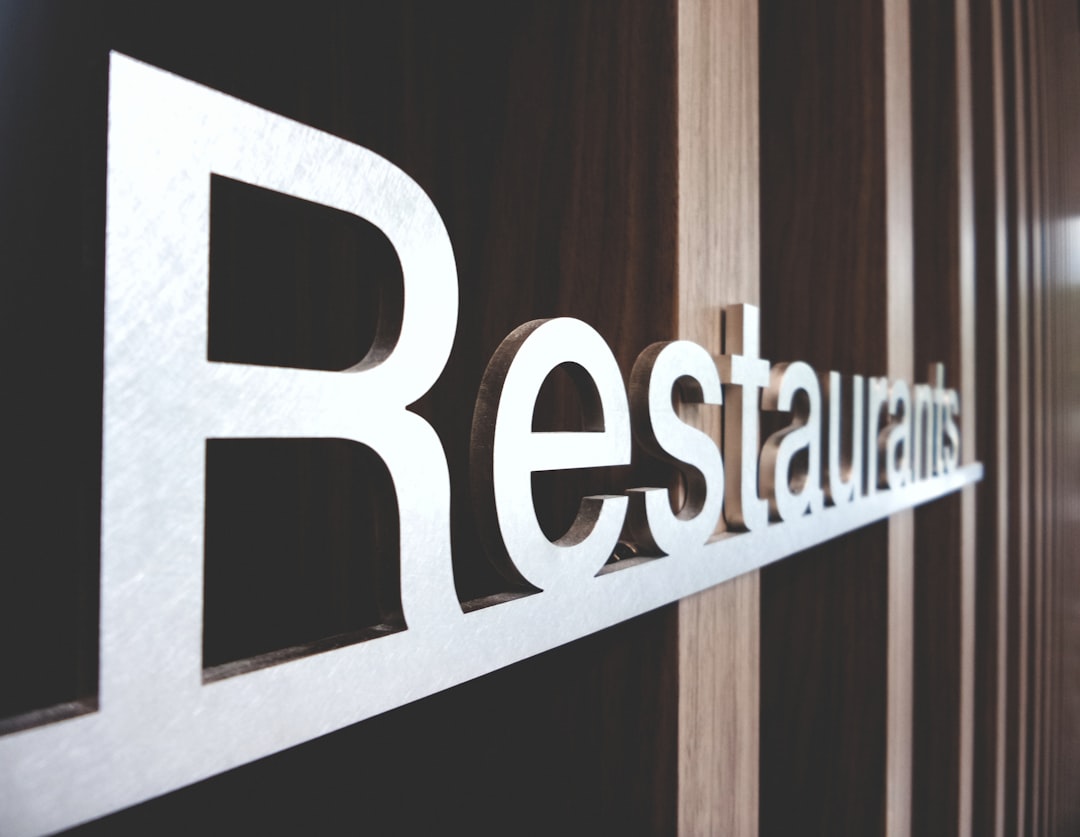In today's competitive dining landscape, having a strategic restaurant marketing plan isn't just nice to have—it's essential for survival. With 70% of restaurant sales projected to come from digital channels by 2025, your marketing strategy needs to evolve beyond traditional methods.

Let's create a roadmap for restaurant marketing success that's practical, actionable, and designed for today's digital-first world.
A restaurant marketing plan serves as your roadmap to attract and retain customers in an increasingly competitive landscape. Without one, you're essentially operating without direction—making it difficult to:
As the foodservice industry grows toward a projected $1.5 trillion in sales by 2025, having a structured approach to marketing will be crucial for capturing your share of this expanding market. Think of your marketing plan as your restaurant's GPS—without it, you might still reach your destination, but you'll likely take several wrong turns along the way.
Start by assessing your current position. This includes:
Effective goals are specific, measurable, achievable, relevant, and time-bound (SMART):
Remember the restaurant adage: "What gets measured gets managed." Your goals should be ambitious enough to motivate but realistic enough to achieve.
Define who you're trying to reach:
For example, if sustainability matters to your brand, it's worth noting that 78% of consumers prefer restaurants that source ingredients locally. This insight could shape both your menu and marketing message.
Consider creating customer personas—fictional representations of your ideal guests. "Weekend Wendy" might be a young professional seeking brunch spots for socializing, while "Family Fred" prioritizes kid-friendly options and value.
What makes your restaurant special? Your USP should be:
This could be your signature dish, exceptional service model, or unique atmosphere. For instance, a pizzeria might differentiate itself through a 200-year-old sourdough starter, or a café might become known for baristas who remember every regular's order.
Your brand identity includes:
Consistency across all touchpoints builds recognition and trust. Your brand should feel cohesive whether a customer is dining in, scrolling your Instagram, or receiving a delivery package.
Consider the complete customer experience with your food. A memorable unboxing experience for delivery orders can generate social media buzz just as effectively as an artfully plated dish in your dining room.
Price isn't just about covering costs—it's a powerful communication tool that signals your restaurant's position in the market. A strategic happy hour can drive traffic during slow periods while preserving your standard pricing structure.
The pandemic permanently expanded the definition of "place" for restaurants. Your physical location matters, but so does your digital presence on delivery apps and ordering platforms.
Modern promotion goes beyond discounts. Consider content marketing—like behind-the-scenes kitchen videos or chef interviews—that builds connection without sacrificing margins.
Your team members are walking advertisements for your restaurant. When they understand and believe in your brand story, they naturally convey that enthusiasm to guests.
Streamlined processes create satisfied customers. For example, a one-click reorder function on your app can significantly increase repeat business.
Every tangible element of your business provides evidence of your quality and attention to detail. Even your takeout containers communicate your brand values—sustainable packaging tells a different story than generic plastic.

With digital channels driving 70% of restaurant sales, your online presence deserves special attention:
Your website is often the first impression potential customers have of your restaurant.
Think of your website as your digital storefront—would you leave your physical location with dirty windows and confusing signage? Apply the same standards to your online presence.
Different platforms serve different purposes:
User-generated content is particularly powerful—encourage customers to share their experiences by creating Instagram-worthy moments in your restaurant. A dedicated selfie wall or uniquely presented signature dish can generate hundreds of free impressions from enthusiastic guests.
Email remains one of the most effective digital marketing channels:
The intimacy of email allows for storytelling that builds deeper connections. Share the origin of a new menu item or the story behind a local supplier partnership to create emotional investment in your brand.
Monitor and respond to reviews across platforms:
Responding to both positive and negative reviews demonstrates that you value customer feedback. A thoughtful response to criticism can actually improve your reputation more than a perfect rating—it shows you're attentive and committed to improvement.
Create a 12-month calendar that includes:
By planning ahead, you can develop more cohesive campaigns and avoid last-minute scrambling. For example, a farm-to-table restaurant might plan content featuring different local producers throughout the growing season.
A typical restaurant marketing budget ranges from 3-6% of total revenue. Consider allocating:
Start small with new initiatives and scale what works. It's better to excel on two platforms than to spread yourself too thin across five.
Track these key performance indicators (KPIs):
Use analytics tools to monitor performance and adjust strategies accordingly. TouchBistro's restaurant management statistics show that data-driven restaurants consistently outperform those relying solely on intuition.
With recruitment and retention being top concerns for 32% of operators, your marketing can help:
Smart marketing can help you maximize revenue with existing staff. For instance, promoting online pre-ordering for peak times can spread kitchen workload more evenly throughout service.
Capitalize on the 78% of consumers who prefer restaurants sourcing locally:
Sustainability isn't just good for the planet—it's good for business. One restaurant in Portland saw a 22% increase in certain menu items after adding the names of local farms to descriptions.
If you're opening a new establishment:
The pre-opening phase is crucial—you'll never have another opportunity to make a first impression. Consider creating "behind the construction" content that brings followers along on your journey, building investment in your success before you serve your first meal.
Restaurant operators are busy—use these efficiency tips:
This is where Spindl's all-in-one restaurant management platform becomes invaluable—integrating order taking, delivery, self-service, POS, and loyalty systems into a single device streamlines not just operations but marketing efforts too. When your systems talk to each other, you can target marketing based on actual customer behavior, not guesswork.
An effective restaurant marketing plan isn't static—it requires regular review and adaptation as customer preferences, technologies, and market conditions evolve. By focusing on digital channels while maintaining a consistent brand experience, you'll be well-positioned to attract new customers and build lasting loyalty.
Remember that marketing is an investment, not an expense. With the right strategy in place, your marketing efforts will drive measurable business growth and help your restaurant thrive in an increasingly digital world.
